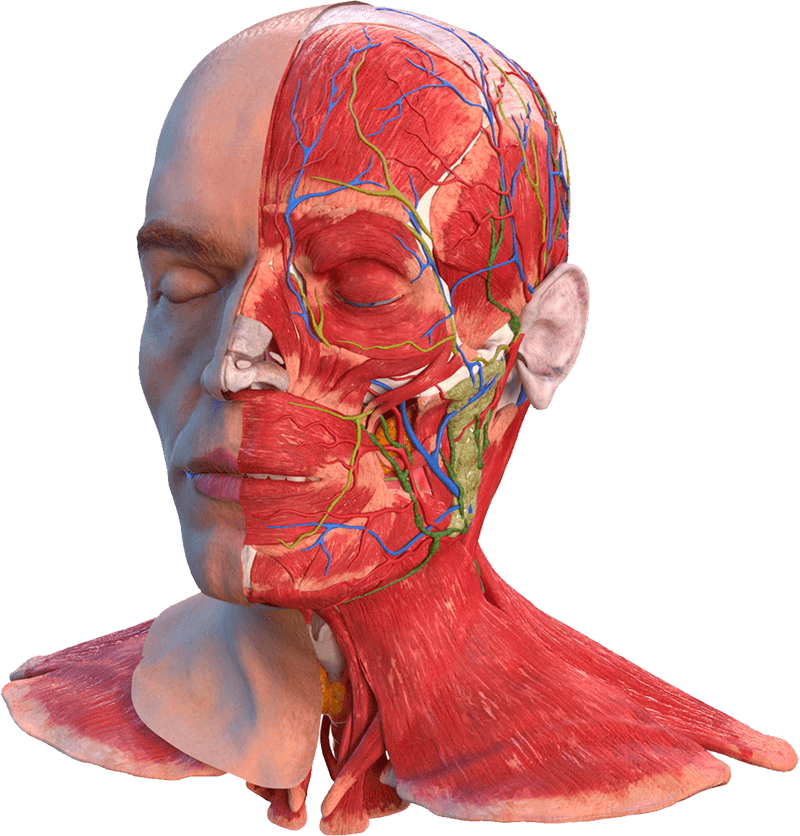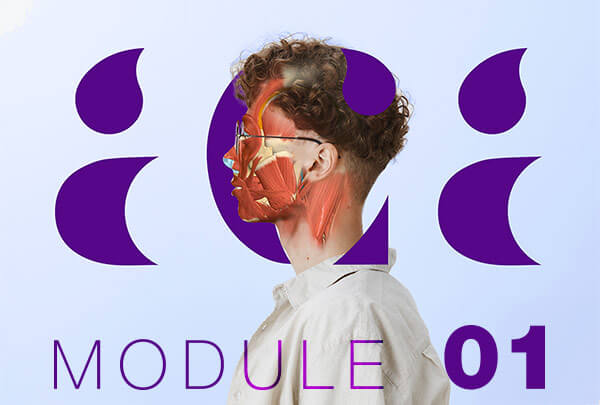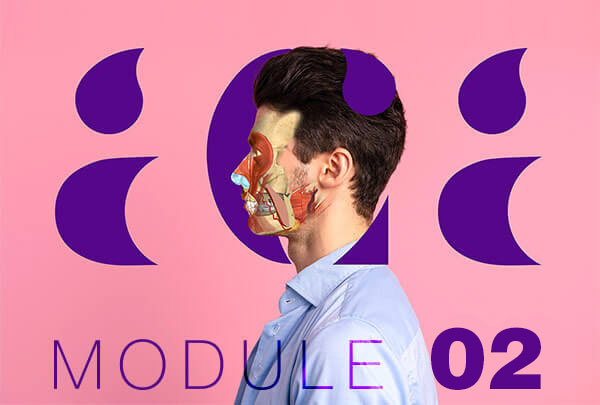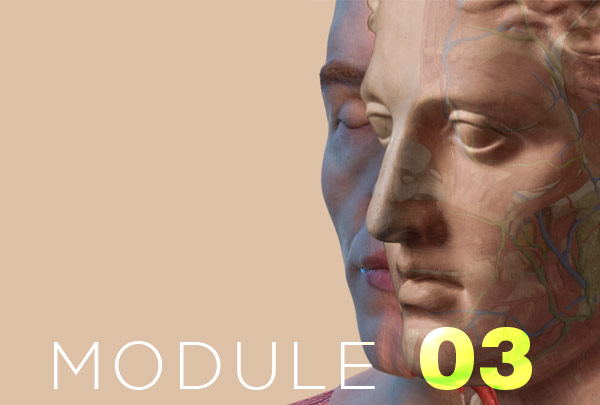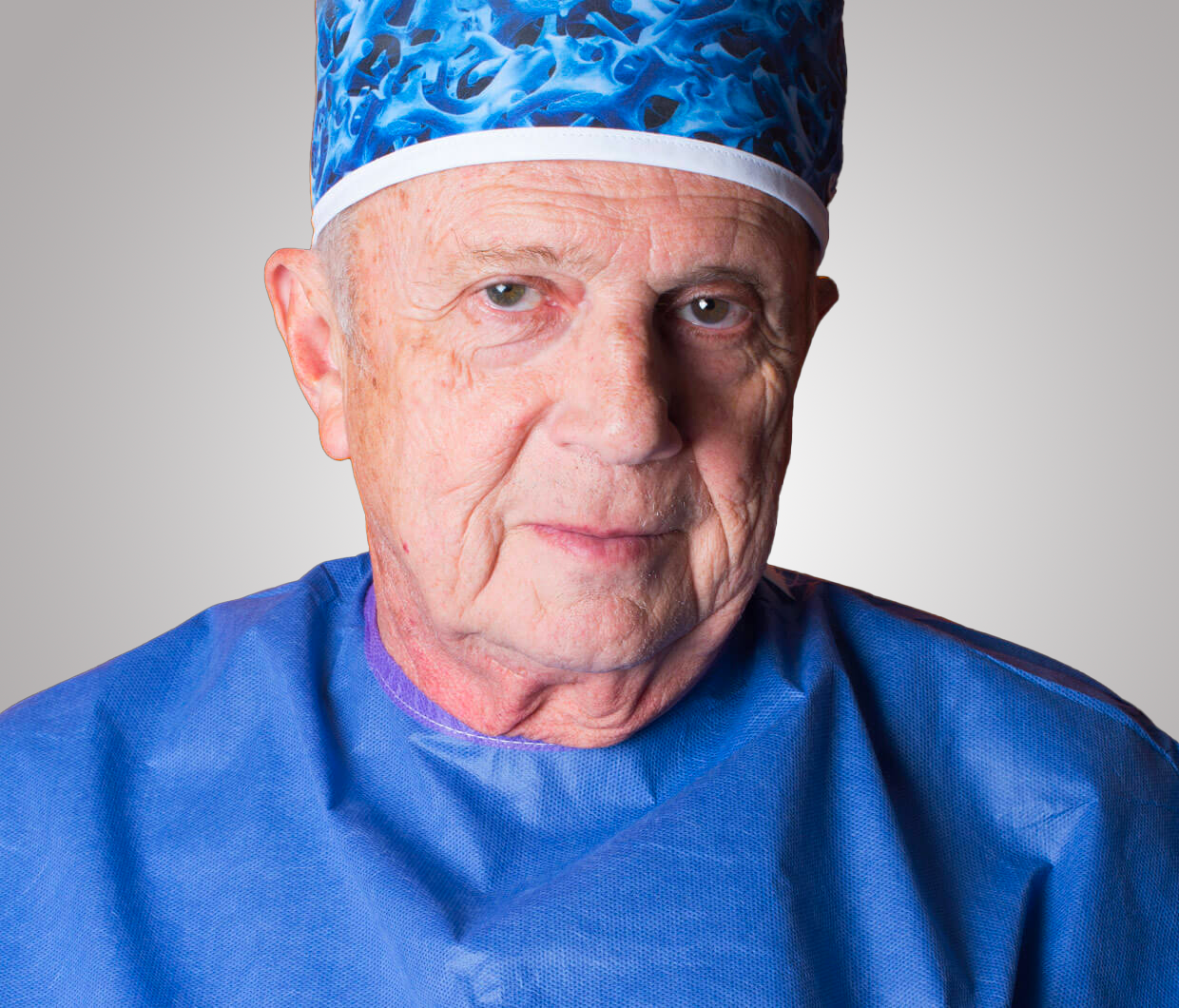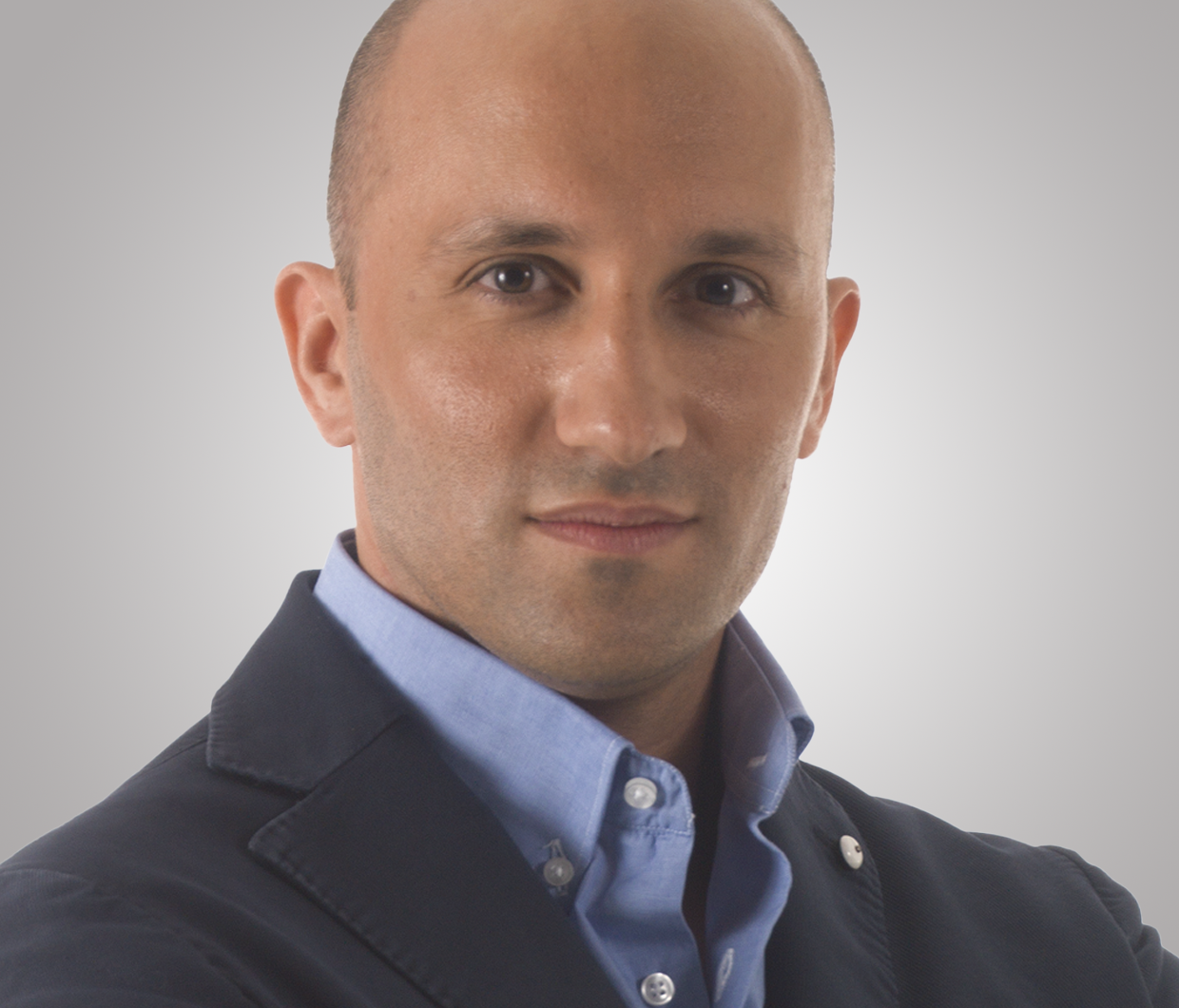Anatomical dissection is the main teaching and learning instrument to get to know human body through direct experience, and it distinguishes itself from autopsy and surgical practice.
It was also defined by Dyer & Thorndike (2000) as “the universally recognized passage to become a physician.”
Indeed, only through training on cadavers, anatomy, from a mnemonic subject of study in books, becomes a true mirror of reality, allowing the clinician to acquire the sense of tissue consistency, to directly identify the most complex anatomical details and to learn the three-dimensional relationships of vessels, nerves and organs in the different parts of the body.


